In 2023, embarking on the journey to build AI software is an exciting endeavor that promises innovation and efficiency in software development. This comprehensive ‘Build AI Software Step-by-step Guide’ will walk you through the entire process, ensuring that you can create intelligent and powerful software with confidence. Join us as we explore how AI is reshaping software development and follow our step-by-step guide for success in building AI-powered applications.
What is Artificial Intelligence?
Artificial Intelligence (AI) refers to the simulation of human intelligence in machines, enabling them to perform tasks that typically require human cognitive functions such as learning, reasoning, problem-solving, and decision-making. AI systems leverage algorithms and vast datasets to recognize patterns, make predictions, and adapt to changing circumstances. AI technologies encompass various subfields, including machine learning, natural language processing, computer vision, and robotics. They have applications in diverse domains, from healthcare and finance to autonomous vehicles and virtual assistants, revolutionizing industries and enhancing the way we interact with technology. AI continues to advance rapidly, offering exciting possibilities for automation, personalization, and innovation in our increasingly connected world.
Building AI Software: 10 Key Steps
Embarking on the journey to create AI-powered software? Discover the essential steps to develop intelligent applications that stand out in today’s technology landscape.
Step 1: Define Your AI Project
Before embarking on your AI journey, it’s essential to establish a clear vision of your project. Here’s a more detailed breakdown of this crucial step:
Problem Identification:
Delve deeper into identifying the specific problem your AI software will address. Consider conducting a thorough problem analysis, including its scope, complexity, and potential impact. Engage with stakeholders to gain a comprehensive understanding of their pain points and requirements.Data Sources:
Determine the sources of your data with greater precision. Are you collecting data manually through user inputs or sensors? Are you relying on publicly available datasets, or do you need to set up data partnerships or leverage APIs from third-party providers? Pay close attention to data privacy and ethics, ensuring compliance with relevant regulations such as GDPR.Goals and Objectives:
Establish not just clear goals but also a detailed roadmap for achieving them. Specify measurable objectives and key performance indicators (KPIs) that will allow you to track your progress and evaluate the success of your AI software accurately. Consider creating a project timeline to manage expectations and deadlines effectively.User Interaction:
Dive deeper into user interaction considerations. If you’re developing a web app, explore user interface (UI) and user experience (UX) design concepts. For mobile apps, delve into platform-specific design guidelines. If your AI software is intended to be used via an API, outline the expected API endpoints and data input/output formats. Define user personas to guide UI/UX decisions and ensure that the user experience aligns with your project’s goals.
Step 2: Data Collection and Preparation
High-quality data is the bedrock of AI success. Here’s a more comprehensive look at managing data:
Data Collection:
Detail the process of collecting relevant datasets. Specify data collection methods, data sources, and data acquisition techniques. Address issues related to data sampling, ensuring that your datasets are comprehensive and representative of the problem you’re solving. Consider the frequency of data updates, especially if your AI model requires real-time data.
Data Cleaning:
Dive deeper into data cleaning techniques. Discuss how you plan to remove errors, outliers, and inconsistencies from your datasets. Explain the tools and methodologies you’ll use for data cleaning, such as outlier detection algorithms or imputation methods. Highlight the importance of maintaining data quality throughout the project lifecycle.
Feature Engineering:
Provide insights into the feature engineering process. Explain how you’ll engineer relevant features that are crucial for your AI model’s performance. Discuss feature selection methods, dimensionality reduction techniques, and strategies for handling categorical and numerical data. Explore data transformation steps, including scaling, encoding, and normalization.
Step 3: Choose the Right AI Framework
Selecting the right AI framework is a pivotal decision in your project. Here’s a deeper exploration:
Framework Selection:
Offer a comparative analysis of popular AI frameworks like TensorFlow, PyTorch, scikit-learn, and others. Consider aspects such as ease of use, available libraries, and support for various AI tasks (e.g., computer vision, natural language processing). Discuss how each framework aligns with your project’s specific requirements and objectives. Highlight any unique features or strengths of the chosen framework.
Community and Support:
Elaborate on the importance of a thriving community and robust support. Explain how the framework’s community can provide valuable resources, peer-reviewed documentation, and forums for troubleshooting. Share anecdotes or examples of how active communities have helped resolve challenges in AI development.
Step 4: Model Development
Creating, training, and evaluating your AI model is a critical phase. Delve deeper into best practices:
Algorithm Selection:
Provide an in-depth analysis of the algorithm or neural network architecture chosen for your task. Explain why this selection is suitable for your problem, considering factors like input data type, problem complexity, and expected output format. Discuss the rationale behind choosing specific algorithms, such as convolutional neural networks (CNNs) for image recognition or recurrent neural networks (RNNs) for sequential data.
Data Splitting:
Clarify the data splitting process. Describe the ratio used to divide your dataset into training, validation, and testing sets. Offer insights into the importance of data partitioning for model evaluation and generalization. Explain how you’ll handle issues related to class imbalance if they exist in your data.
Training and Fine-Tuning:
Share details about the model training process. Discuss the hyperparameter tuning approach you’ll follow, including the range of hyperparameters you’ll experiment with. Describe your training pipeline, including data augmentation techniques if applicable. Discuss the use of regularization methods like dropout or L1/L2 regularization. Emphasize the importance of monitoring training progress and how you’ll decide when to stop training.
Evaluation:
Dive deeper into model evaluation practices. Explain the choice of evaluation metrics, elaborating on why these metrics are relevant to your problem. Discuss strategies for addressing overfitting and underfitting. Consider visualizing model performance through learning curves or confusion matrices. Highlight the importance of cross-validation if your dataset is limited.
Step 5: Integration
Integrating your AI model into your software application is a crucial step. Here’s a deeper dive into this process:
API Integration:
If you’re building an AI service or API, it’s essential to ensure seamless integration with your application’s architecture. Develop clear API documentation and endpoints for easy communication between your application and the AI component. Use RESTful principles or GraphQL to facilitate data exchange.
User Interface (UI):
Designing an effective user interface (UI) is pivotal for a positive user experience with AI-generated results or predictions. Consider the following aspects:
User-Centered Design:
Your UI should revolve around your target users’ needs, preferences, and ease of use. Conduct user research and create user personas to better understand your audience. Tailor the interface to their expectations, making interactions intuitive and straightforward.
Data Visualization:
To convey AI-generated insights or predictions effectively, employ data visualization techniques. Charts, graphs, and infographics can help users grasp complex information quickly. Ensure that visualizations are clear, concise, and visually appealing. Interactive elements can further enhance the user’s understanding.
Step 6: User Interface (UI) Design
The user interface is the bridge between your users and the AI-powered functionality. Here are some additional considerations:
User-Centered Design:
Dive deeper into user-centered design by conducting usability testing and gathering feedback throughout the UI development process. Create wireframes and prototypes to visualize the UI’s layout and functionality. Iteratively refine your design based on user input to ensure a user-friendly experience.
Data Visualization:
When visualizing AI-generated insights or predictions, choose the most suitable data visualization techniques for your specific data and target audience. Tools like D3.js or Chart.js can simplify the creation of interactive and visually appealing charts. Remember to maintain consistency in design elements to make your UI cohesive.
Step 7: Testing and Validation
Robust testing and validation are pivotal for ensuring that your AI software performs as expected. Let’s delve deeper:
Testing Suites:
Develop comprehensive testing suites and scripts that cover various aspects of your software. This includes functional testing to confirm that features work correctly, performance testing to assess speed and responsiveness, and robustness testing to identify vulnerabilities and ensure fault tolerance. Automation tools like Selenium and JUnit can aid in testing automation.
User Testing:
Conduct user testing with real users to gather valuable feedback. Invite participants to interact with your AI software, observe their behavior, and collect their insights. Identify any usability issues, such as confusing UI elements or unexpected behaviors, and address them promptly. User testing helps refine the user experience and ensures that the software meets user expectations.
Step 8: Deployment
Deploying your AI software for production requires careful consideration of scalability, security, and performance optimization:
Scalability:
Ensure your AI application can handle varying workloads and traffic demands. Implement load balancing and scaling mechanisms, such as auto-scaling on cloud platforms like AWS or Azure. Plan for growth and monitor resource utilization to make informed scaling decisions.
Security:
Implement robust security measures to protect user data and AI models. Employ encryption for data in transit and at rest. Set up authentication and authorization mechanisms to control access to your application. Regularly apply security patches and updates to mitigate vulnerabilities.
Performance Optimization:
Optimize your software for performance and efficiency. Profile your application to identify bottlenecks and resource-intensive components. Optimize algorithms, database queries, and code to enhance responsiveness and reduce resource consumption. Implement caching mechanisms to improve speed and reduce server load.
Step 9: Monitoring and Maintenance
Monitoring and maintaining your AI software post-deployment are essential for its long-term success:
Monitoring:
Continuously monitor your AI software for performance degradation, errors, or anomalies. Set up monitoring tools and alert systems to detect issues in real-time. Monitor server health, response times, and user interactions. Implement logging and analytics to gain insights into application behavior.
Model Refresh:
Regularly update your AI model with fresh data to maintain its accuracy and relevance. Implement a data pipeline to automate data ingestion and model retraining. Monitor model drift and retrain it when necessary. Keeping your model up-to-date ensures that your AI software remains effective over time.
Step 10: User Feedback and Iteration
User feedback is a valuable resource for improving your AI software:
Feedback Channels:
Establish clear channels for users to provide feedback and report issues. This can include in-app feedback forms, email support, or community forums. Actively encourage users to share their thoughts and experiences.
Iterative Development:
Use user feedback to drive iterative improvements in your AI software. Regularly release updates that address user concerns, enhance features, and align with changing user needs. Iterative development ensures that your software evolves alongside your user base, maintaining its relevance and usefulness.
Read further: “How Generative AI Is Revolutionizing Creative Work “.
Artificial Intelligence Software Development in 2023
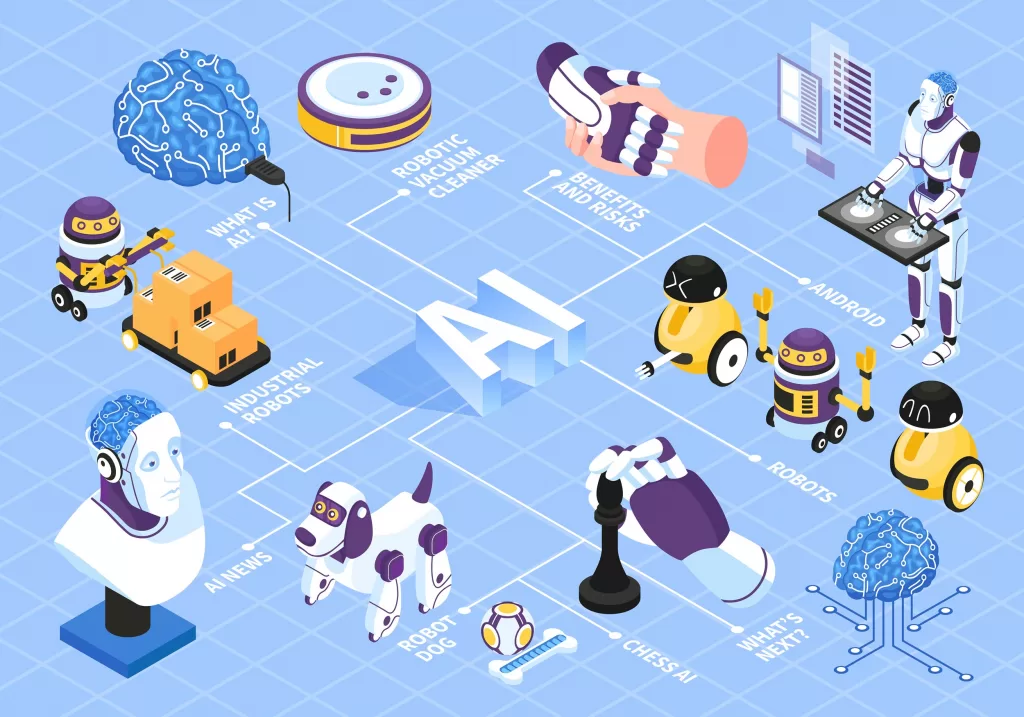
Here are some specific ways that AI is being used in software development in 2023:
Code Generation:
AI’s ability to generate code from natural language descriptions or optimize existing code is streamlining software development. Developers can leverage AI-powered tools to write code more efficiently, reducing the risk of errors and speeding up the development process. This technology also aids in maintaining consistency and adherence to coding standards, particularly in large-scale projects.Testing and Quality Assurance:
Automation is revolutionizing the testing and quality assurance phases of software development. AI-driven testing tools can perform tasks such as unit testing, integration testing, and system testing faster and more comprehensively than manual testing. This not only improves the quality of software releases but also accelerates the time-to-market for new products, a critical factor in today’s competitive landscape.Natural Language Processing (NLP):
NLP is driving the development of software capable of understanding and responding to human language. Applications like chatbots, virtual assistants, and machine translation systems are becoming increasingly sophisticated, enabling more natural and efficient interactions between humans and machines. This has profound implications for customer support, accessibility, and cross-language communication.Intelligent Recommendations and Personalization:
AI-powered recommendation engines are reshaping user experiences across various domains. In e-commerce, they analyze user behavior and preferences to suggest products, increasing sales and customer satisfaction. In social media, algorithms personalize content feeds, keeping users engaged. Streaming services leverage AI to curate playlists and recommendations, enhancing user retention and discovery.Data-Driven Decision-Making:
AI’s ability to process vast amounts of data quickly and accurately is transforming industries like finance, healthcare, and manufacturing. AI-driven software can make data-driven decisions, whether it’s predicting market trends, diagnosing medical conditions, or optimizing manufacturing processes. This leads to more informed choices, improved efficiency, and cost savings.
Tips for Software Developers Embracing AI in Their Work
For software developers looking to incorporate AI into their work, here are some valuable tips:
Learn About AI:
Investing time in understanding AI fundamentals, including machine learning, deep learning, and natural language processing, is crucial. Familiarity with these concepts will provide insights into how AI can enhance the software development process.Experiment with AI Tools:
There’s a plethora of AI tools and platforms available, catering to various needs and budgets. Start by experimenting with different tools to identify those that align best with your specific requirements and project goals.Start Small:
Rather than attempting a complete overhaul of your development process, begin by integrating AI into specific aspects of your workflow. Consider areas like code review, testing, or data analysis. Gradually expanding your AI integration allows you to learn and adapt as you go.Collaborate with Fellow Developers:
AI is a rapidly evolving field, and collaboration with other developers can be immensely beneficial. Joining AI-focused developer communities, participating in forums, and attending conferences or webinars can help you stay up-to-date with the latest AI developments and share experiences and insights with peers. Collaborative learning can accelerate your AI journey and lead to innovative solutions in software development.
Conclusion
Building AI software is an exhilarating journey that combines technical expertise with creativity and problem-solving. By following this comprehensive step-by-step guide, you’ll have a solid roadmap to create intelligent and innovative applications. Keep in mind that AI development is a dynamic field, so stay updated with the latest advancements and best practices to continue delivering cutting-edge solutions. With dedication and the right approach, your AI software can make a meaningful impact in 2023 and beyond.







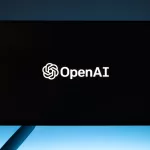
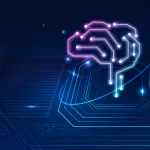




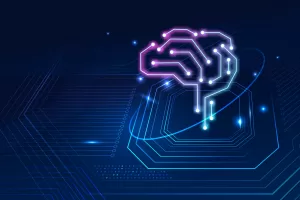







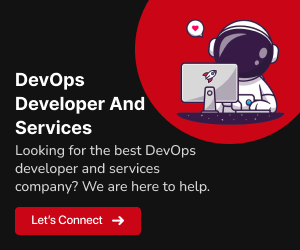

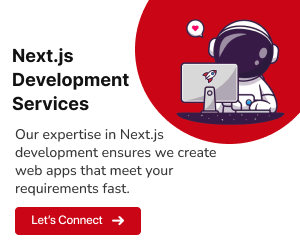
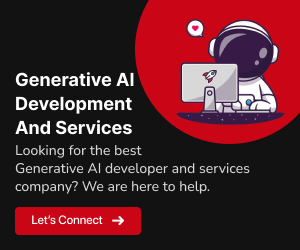
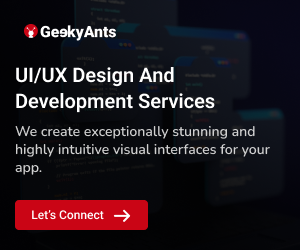
Add Comment